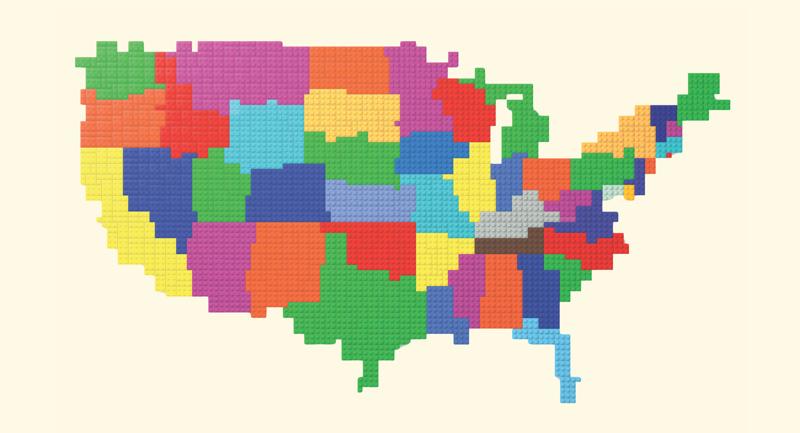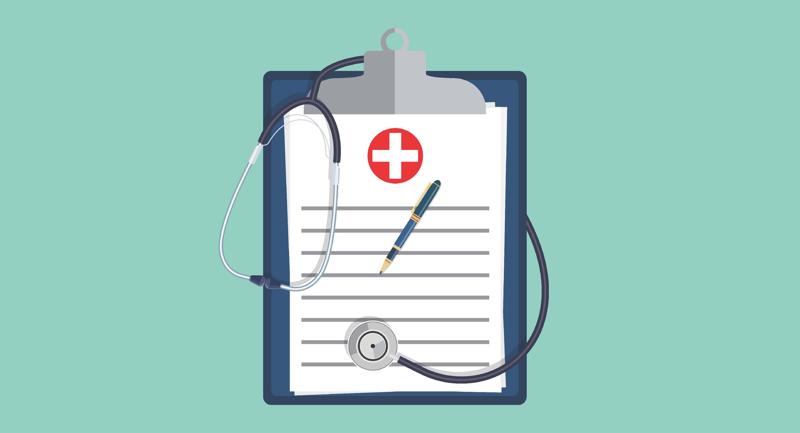In 1988, I rode in the front seat of the family van with a pencil and a book of street maps, ready to serve as the navigator for our road trip from Chicago to Memphis. I had marked our destination and charted our course across multiple pages in the book, noting that the trip should take about 10 hours with designated rest stops.
Years later, when my husband and I took my son on the same trip, paper maps were long outdated. We simply entered the address in our vehicle’s GPS system, selected from a few possible courses, and pressed “start.” The GPS saved hours of planning time. We knew our GPS would guide us through each turn and provide alternative routes if plans changed or traffic increased along the way.
Assessing What We Know About Assessments
Most assessments in schools are still used like my book of road maps from 1988. They indicate where a student’s performance falls at a given point in time. Teachers can use that information to calculate how far the student’s performance is from the standard (i.e., how far your car is from your destination). But this alone doesn’t show teachers how to help students reach the standard. Teachers must devote a great deal of time to glean instructional guidance from these assessments.
Instead, thinking about assessment like a GPS can help educators get better data to determine the best route to their goal. To do so, let’s first consider some assessment realities:
Most assessments in schools are still used like my book of road maps from 1988. Failing to use assessments to guide instruction is like entering a destination into GPS without selecting a travel route.
High-quality assessment is a means, not an end. In schools, the purpose of assessment must be to provide the timely, meaningful, precise, and focused information necessary to guide instruction and enhance learning, not just to produce data.
The “next best thing” may not be. When it is not feasible to directly test a skill, assessment developers often attempt to gather data on a different but closely related skill. However, this often results in a shift in focus from the skill originally to be assessed. For example, it is time-consuming to individually assess reading fluency—a characteristic of reading that incorporates accuracy, speed/automaticity, and expression, and supports comprehension (Young et al., 2020). Instead, schools typically use assessments of reading rate as a replacement measure for oral reading fluency. Teachers then focus instruction and intervention on increasing the reading rate rather than overall fluency, resulting in instruction that doesn’t meet student needs.
Assessment time directly affects instructional time. Every assessment requires classroom time that would otherwise be available for teaching and learning. Weigh the benefits of each assessment against the instructional time needed for implementation and choose wisely.
Testing is not teaching. Many schools use frequent assessment to measure student progress and demonstrate a focus on student growth. However, even if schools assess students each semester, quarter, month, or week, simply adding assessments doesn’t improve student learning, regardless of the quality of assessment. Learning progress is made when, between assessments, students receive instruction and engage in practice.
A Better Way to the End Goal
If traditional assessments work like paper maps, telling you where you are but not how to move forward, a GPS-style approach to assessment provides ongoing, actionable guidance—helping you plan ahead, make decisions in real time, and adjust course as needed. To get there, schools should:
Plan assessment at the start of the teaching and learning process, not the end.
In the same way you would consult GPS to plan a trip, teachers and leaders should use the information gained from assessments to plan how to move every student toward the standards. Even tests that come at the end of a unit, semester, or course should lead to planning for the future. The question should always be, How do we move forward from here?
Only implement assessments with data that you’re prepared to act on.
Failing to use assessments to guide instruction is like entering a destination into GPS without selecting a travel route. Proactively schedule dedicated time and plan collaborative processes to analyze data with the educators who must use the information.
Invest in building teacher capacity to understand and use assessment information.
When you implement a new or updated assessment, engage teachers in professional development to ensure their understanding of what is being tested, how the test works, and how to interpret and use the scores. Don’t outsource the analysis of assessment data to vendors or AI. My own proficiency with the use of GPS guidance grew over the years as I used my prior knowledge and experiences of navigating with paper maps and became familiar with the GPS tool and its limitations. (My first GPS tool attempted to direct me to turn onto the railroad tracks!) In the same way, teachers need time and training to understand the practical realities, purpose, and potential of assessment processes and experiment with them using their previous knowledge and experience.
When there is no data, investigate, understand, and tell the story.
Not all roads appear on a GPS system, and not every skill or characteristic can be tested. When you cannot gather data through assessment, gather qualitative information through observation, conversation, and case studies. Tell stories to help stakeholders see the full picture of student strengths, needs, and growth.
Focus Forward
Most of us retired paper maps decades ago because we found tools that made navigation easier and more efficient. Similarly, we should upgrade our assessment tools and processes to better chart a course to the learning destination. That is a trip worth taking.









